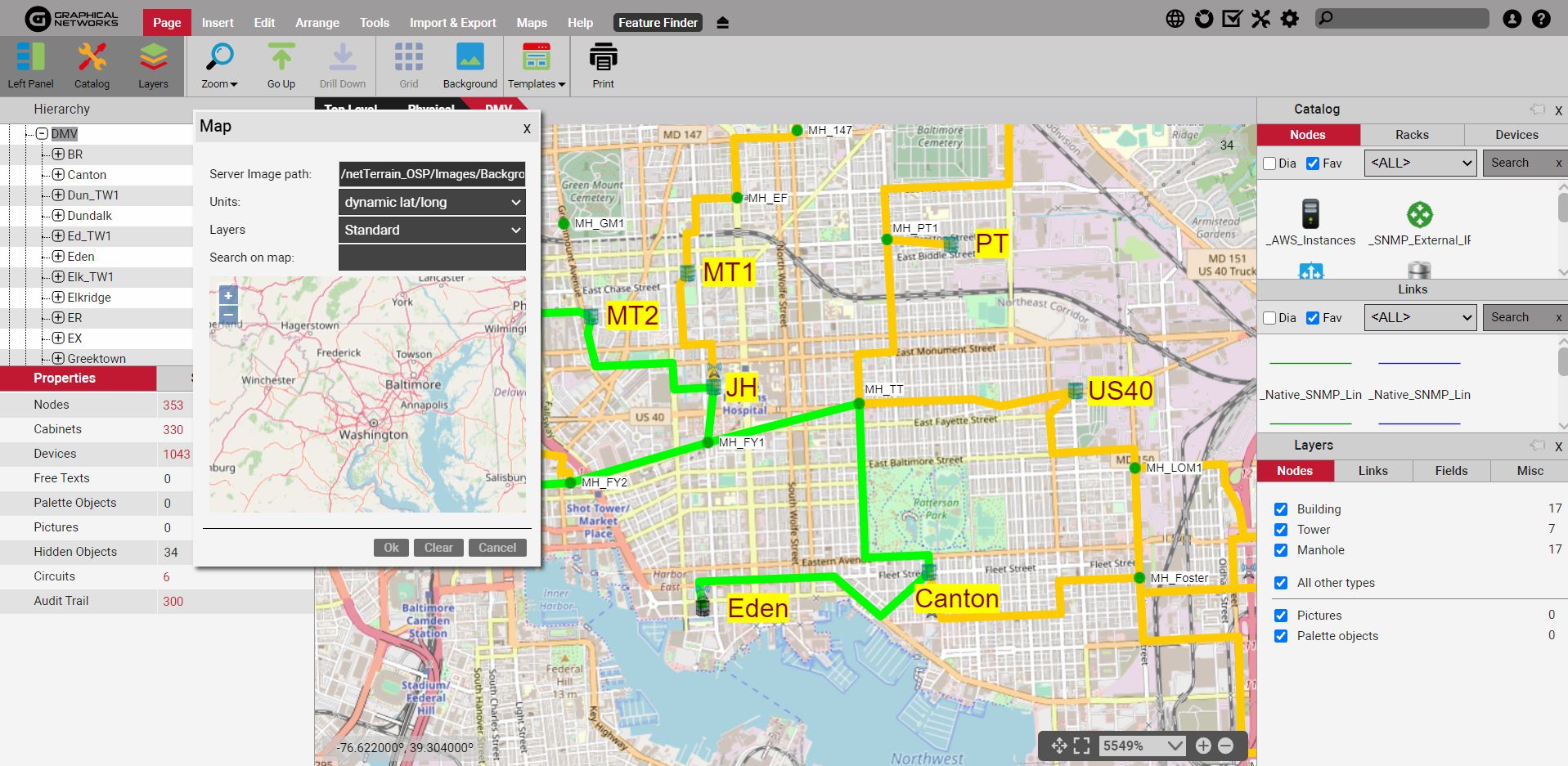
In IT, documentation has the power to save you time, money, and space…plus, it allows you to troubleshoot far more quickly (which saves a whole lot of hassle, annoyance, and even loss of reputation).
As we’ve discussed in this blog over the years, far too many organizations and managers still skip documentation — even as the IT infrastructure grows at a rapid pace. I get it: “oh I will get to it once my other higher priority projects are completed” or “something else came up”.
It’s easy to push things aside that don’t seem pressing aside — afterall, you don’t really need IT documentation until….you really need it. You really need documentation when the hammer comes down: an audit’s scheduled, a massive outage occurs, there’s a compliance issue, and so on. At that point, if you don’t have documentation, you find yourself in a pickle you don’t want to be in.
When the topic of network and IT documentation comes up, folks often think just of the servers and devices inside a network and the physical layout (including a data center or telecom room. IT documentation can also include your office space, tracking phones, printers, and their connections to wall jacks to a telecom room, to the data center). However, that’s not all there is to IT documentation…
For organizations that have a campus network of multiple buildings, however, IT documentation may also include your fiber network from building to building — or even the fiber ducts going through manholes, handholes, and fiber enclosures.
 Example: Map View of OSP Plant in netTerrain
Example: Map View of OSP Plant in netTerrain
If you manage a fiber plant, consider fiber mapping software. Why? Your fiber paths should be documented in a manner that makes it easy and efficient for your field team to identify where cables are, what they are, and what they’ll need to bring with them to fix an issue.
Why is fiber documentation important?
Visualize your plant:
Through web-based GIS maps, quickly troubleshoot issues with through visualization and view reports your network inventory and its connections down to the streets and buildings, all the way down to individual strands, splices, ports and connectors
Plan for capacity:
Fed up with capacity planning guesswork? Plan your fiber capacity with precision: get cable and strand insights at your fingertips with an up-to-date inventory
Deploy & manage circuits:
Make circuit design and allocation easy and fun: automated circuit routing algorithms and circuit layout records replace the pain of spreadsheets and manual tracking.
Quickly pinpoint locations:
If cables are buried, your team needs to know that — and how deep the cables are. They need to know which side of the street they’re on — and have the information they need to quickly determine which termination points or splice boxes may need to be repaired.
Beyond gaining the ability to more efficiently troubleshoot issues, fiber documentation is critical for planning and ensuring availability. We have a saying at Graphical Networks, “you can’t manage what you don’t know….” and this rings especially true when it comes to your fiber. If you don’t know what you’ve got, and where it is!!, you can’t exactly manage it and ensure proper availability.
 Example: Circuit Layout Record in netTerrain
Example: Circuit Layout Record in netTerrain
As an example, the netTerrain platform — which is used by hundreds of organizations — replaces your spreadsheets and Google Earth diagrams so you can have a centralized place that your staff can use to track and trace fiber paths all the way down to the fiber splices and the ports where they are connected.
Easily run a circuit layout record to see the entire path of your circuit (especially important feature to use if someone cuts the wrong cable!) and create a Bill of Materials report in a flash. Run a search to find what you are looking for in seconds! Need to find an available path between two buildings, using your existing cables? Your fiber documentation should allow you to find this information and more.
With netTerrain OSP (an add-on module to netTerrain), you can discover your network with automatic network topology maps, ability to create cables inside data centers, telecom rooms, and lastly — have the ability to document your fiber cabling outside the buildings, for a complete inside and out documentation of your infrastructure.
Until recently, options for documenting the fiber plant have been relatively limited. Now, however, software like netTerrain with the OSP module, makes getting your documentation done straightforward and easy. Don’t push it aside and wait to have a “reason” to get documenting: do it as soon as possible to avoid big issues down the road, start saving time, and managing capacity with ease. If you’d like to see what netTerrain can do for you, click here to schedule a demo and claim your 14-day free trial.